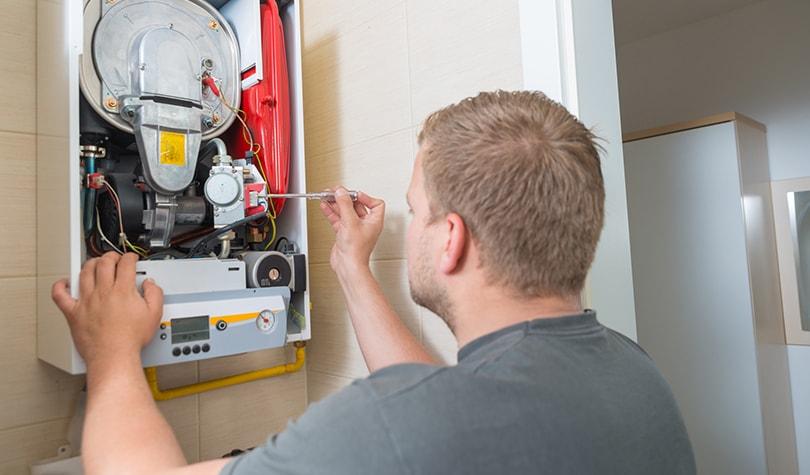If you are willing to attempt your own furnace installation, it is important to know exactly what you are getting yourself into. A task like furnace installation is usually left to the professionals, but some people do like to take on the challenge of doing this themselves. If you are someone who wants to take on this challenge please go through the following tips to make sure you know what you are doing.
TYPES OF FURNACE
The first step is to determine what kind of furnace you would like to install in your house. As of now, there are quite a few options including electric furnace, propane furnace, natural gas furnace, and oil furnace. The type of furnace you choose should be determined by the fuel source that is most readily available to you and how much that fuel costs. For furnace installation in NJ most people usually go for the natural gas furnace.
AVOID USING THE CONVENTIONAL FURNACE
The conventional furnace is not really an efficient option because most of the heat is lost before it reaches the chimney. This is one of the main reasons that conventional furnace models are very rarely made today. You will mostly find the conventional furnace in old houses.
IDENTIFY THE APPROPRIATE TYPE OF FURNACE
Before you install your furnace, it is important identify the appropriate type of furnace for your home. There are several different types of models of furnaces, each with different sizes and strengths. You will have to find the appropriate furnace model with the size and strength that meets your need and fits in your house.
PREPARE THE UNIT
You will have to prepare the desired place for the installation process. It is a good idea to place rubber isolation pads, to reduce the noise and give your furnace more stability. If you want to put the furnace unit in the baseman, use concrete blocks or bricks to level it up at least 4 inches above the floor. Refer to the manual that came with the furnace for more installation instructions. You should also take note of the outlet of the condensing duct and determine where and which part of the unit will serve as the connector for the return air duct.
SEAL THE UNIT
After you are done with positioning the furnace unit, use a duct sealant to keep it in place. All the connections in and out of the furnace unit must be sealed with the duct sealant. Put on protective gloves to protect your hands and follow the directions at the back of the packaging.
CONNECT THE PIPES
When connecting the pipes, tilt them a little backwards which make them condensate well. Also make sure that there is a shut-off valve located outside the furnace unit. After this you will have to install the drip leg to the line that enters into the unit for the supply of gas, or other fuel depending on the model you chose.
CHECK FOR LEAKS
The final inspection of your installation is an important step. Make sure that the pipes are tightly secured. Check for any distinctive smell once you turn on the gas. You can also use a sponge by placing it in soapy water and rubbing it on the pipes, if there is gas leakage, the bubbles will expand and get bigger. Check for leaks and blocked air vents each month for the effective maintenance of your furnace unit.



